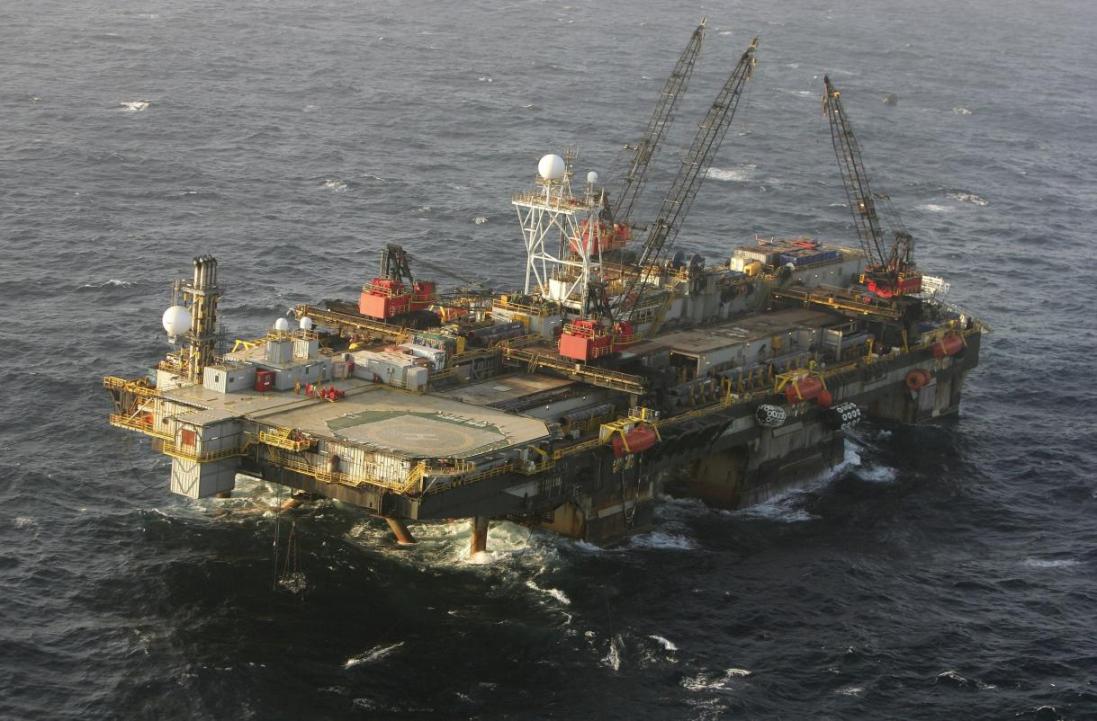The National Iranian Oil Company will save on energy transportation costs, if exploratory activities in Golestan Province, located south of the Caspian Sea, produce the desired results in terms of identifying commercial hydrocarbon reserves, said Rokneddin Javadi, managing director of NIOC.
Speaking on the sidelines of his trip to the province to visit exploration operations on Wednesday, the official said, "Investing in joint oil and gas fields is high on NIOC's list of priority," ILNA reported.
Underscoring the strategic situation of Golestan Province bordering Turkmenistan, Javadi said, "Preliminary surveys indicate that the region can turn into an oil- and gas-rich region, attracting major domestic and foreign investment to help develop the region's economy."
According to the official, oil and gas exploration commenced on July 1 near the border with Turkmenistan, with exploratory drilling starting on September 23 for determining the physical properties and boundaries of reservoirs.
Also on Wednesday, Ali Osouli, managing director of Khazar Exploration and Production Company, said, "Exploratory drilling will be conducted at a depth of 2,900 km in Soufikom region in Aqqala county in Golestan Province."
Equipment and machinery were procured to equip the site and $780 million will be allocated to construct storage facilities.
According to exploration manager at the National Iranian Oil Company, Hormoz Qalavand, 12 wells were drilled in an area ranging from Ghezel-Tappeh to Incheh Boroun in Aqqala to discover gas anticline trap, three of which possess 7 billion cubic meters of gas.
Due to the abundance of gas resources in southern Iran, officials have been rather averse to exploration and expansion of oilfields in the northern regions. However, the Rouhani administration, after taking office in the summer of 2013, has shown special interest in Caspian energy resources.
Traditionally an oil-producing area, the Caspian Sea’s importance as a natural gas producer is growing fast. Offshore fields account for 41% of total Caspian oil and gas condensate (19.6 billion barrels) and 36% of natural gas (106 trillion cubic feet). In general, most of the offshore oil reserves are in the northern parts of the sea, while most of the offshore gas reserves are in the southern regions.


